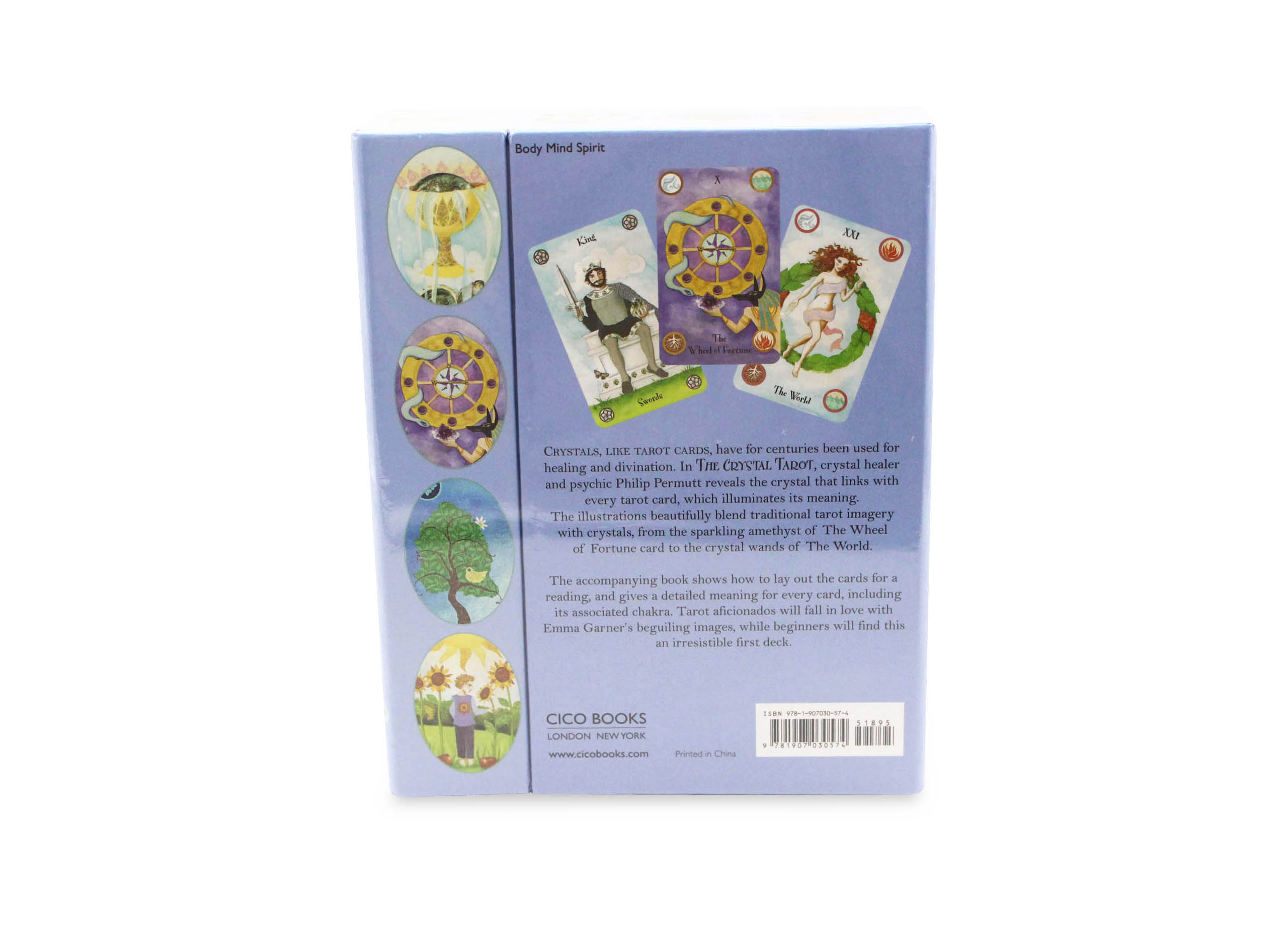

Though design varies greatly, all tarot decks are uniform in a couple of ways. What do the different types of tarot cards mean? You’re the one who’ll be using them, so they have to fit your personality and style. What’s most important is picking a deck with imagery that interests you, with symbolism you can interpret. There are modernized, diverse decks and Game of Thrones-themed decks.

The Morgan Greer deck is a bit like the Rider-Waite on steroids: The symbols are similar, but the faces are bigger and bolder and the colors more vivid and varied. The Wild Unknown deck is particularly pretty, though - fair warning - a bit less intuitive for newcomers. Though it’s the best-known deck, the Rider-Waite is far from a beginning reader’s only option. Many decks, including the Rider-Waite, come with a little sheet of paper defining each of the card’s most common interpretations. Many people recommend the Rider-Waite deck for beginners, as the cards’ meanings are so often intuitive - and when they’re not, plenty of interpretation guides exist in books and online. These cards are known for their simple imagery, their simple color scheme (featuring lots of yellow, sky blue, and gray), and their symbolism. The most popular and well-known deck is the Rider-Waite, drawn by illustrator Pamela Colman Smith and published in 1910. Whether it becomes a hobby or a full-time job, tarot reading (for oneself and for others) can be an illuminating way to pass the time.įirst you’ll need a tarot deck. Not until the 18th century was the tarot used for the divinatory (or occult) purpose we know it best for today - Antoine Court and Jean-Baptiste Alliette are credited with popularizing tarot “readings” in Paris in the 1780s.īetween those who think it’s a joke and those who think tarot cards are actual magic lies a vast group who find them insightful and fun, if not necessarily supernatural. The cards have been used since at least the mid-15th century the earliest recorded decks originated in various parts of Italy. Though tarot cards have taken on a mystical meaning in the cultural imagination, they were originally intended as more of a parlor game. For others, the tarot is sacred, a powerful tool with which to direct one’s life. For some, tarot is a handy party trick, a way to help a friend make connections they might have otherwise resisted. The last few years have seen a resurging interest in all things witchy, tarot cards among them.


 0 kommentar(er)
0 kommentar(er)
